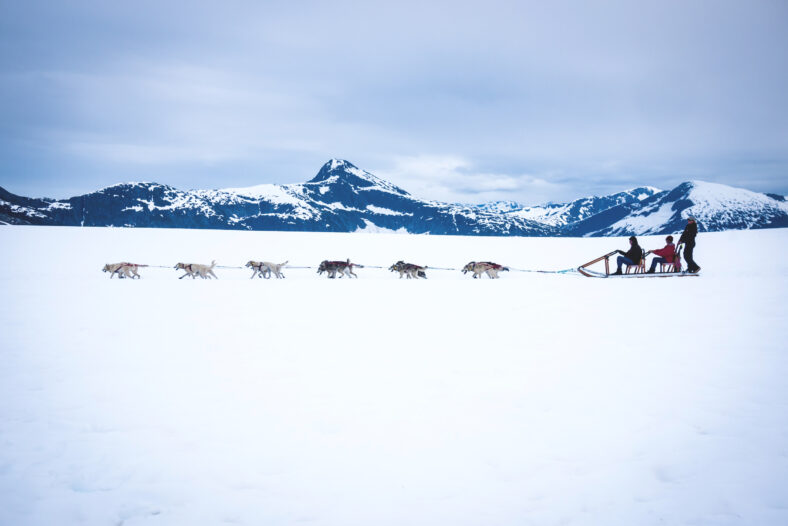A Risky Quest To Save Lives Inspired The Iditarod

The Iditarod Trail Sled Dog race takes place every year on the first Saturday in March. It encompasses nearly 1,000 miles of rugged, frozen terrain from Willow to Nome.
It spans the Alaska and Kuskokwim Mountain ranges and follows the Yukon River for about 150 miles. Mushers often complete the race in just eight days.
The name Iditarod comes from the Deg Xinag and Holikachuk languages of the Athabascan people of interior Alaska.
It means “distant” or “distant place.” The Iditarod sled dog race was inspired by a life-or-death mission that occurred back in 1925.
In January 1925, the children of Nome were dying from a lethal respiratory disease called diphtheria. Dr. Curtis Welch, the sole physician in Nome, feared that the entire village of 1,400 people was at risk. Only an antitoxin serum could put a stop to the disease’s spread.
However, the nearest batch of medicine was located more than 1,000 miles away in Anchorage. At that time of the year, Nome could not be reached by boat or plane.
The closest train station was 700 miles away in Nenana. So, the best solution was for sled dogs to carry the medicine from the train station to Nome.
On the night of January 27, 1925, the train arrived in Nenana with a 20-pound package of the life-saving serum.
Musher “Wild Bill” Shannon secured the parcel to his sled and began the 674-mile trek to Nome with his nine Alaskan malamutes. The journey came to be known as “The Great Race of Mercy.”

Sign up for Chip Chick’s newsletter and get stories like this delivered to your inbox.
The night was bitterly cold, even by Alaskan standards. The temperatures dropped to 60 degrees below zero Fahrenheit.
Shannon’s leg of the race was 52 miles long and ended in Tolovana, where he handed off the serum to a second dog team.
The other mushers who participated in the relay included Leonhard Seppala, Charlie Olson, and Gunnar Kaasen, who covered the last stretch.
His dog Balto earned the reputation of a hero because he was the first sign of salvation for Nome. They delivered the medicine to Dr. Welch at 5:30 in the morning.
The relay had taken five and a half days to complete. Overall, 150 dogs and 20 mushers participated in the relay.
Four dogs died from exposure. Nome’s quarantine was lifted three weeks after the residents were injected with the serum.
The Iditarod trail does not follow the exact same route as the Serum Run, but it still represents the significance of dog sledding in Alaska.
By the mid-1960s, the use of sled dogs was almost nonexistent. Modern snow machines had replaced mushing, even in remote Alaska Native villages.
The Iditarod became official in 1973, preserving the tradition of sled dog racing. Today, the race is referred to as The Last Great Race.
Each year, around 50 mushers and their teams participate in the race. Crowds gather round to cheer them on, and the Red Lantern award is given to the last musher to cross the finish line in recognition of their perseverance.
More About:Animals





